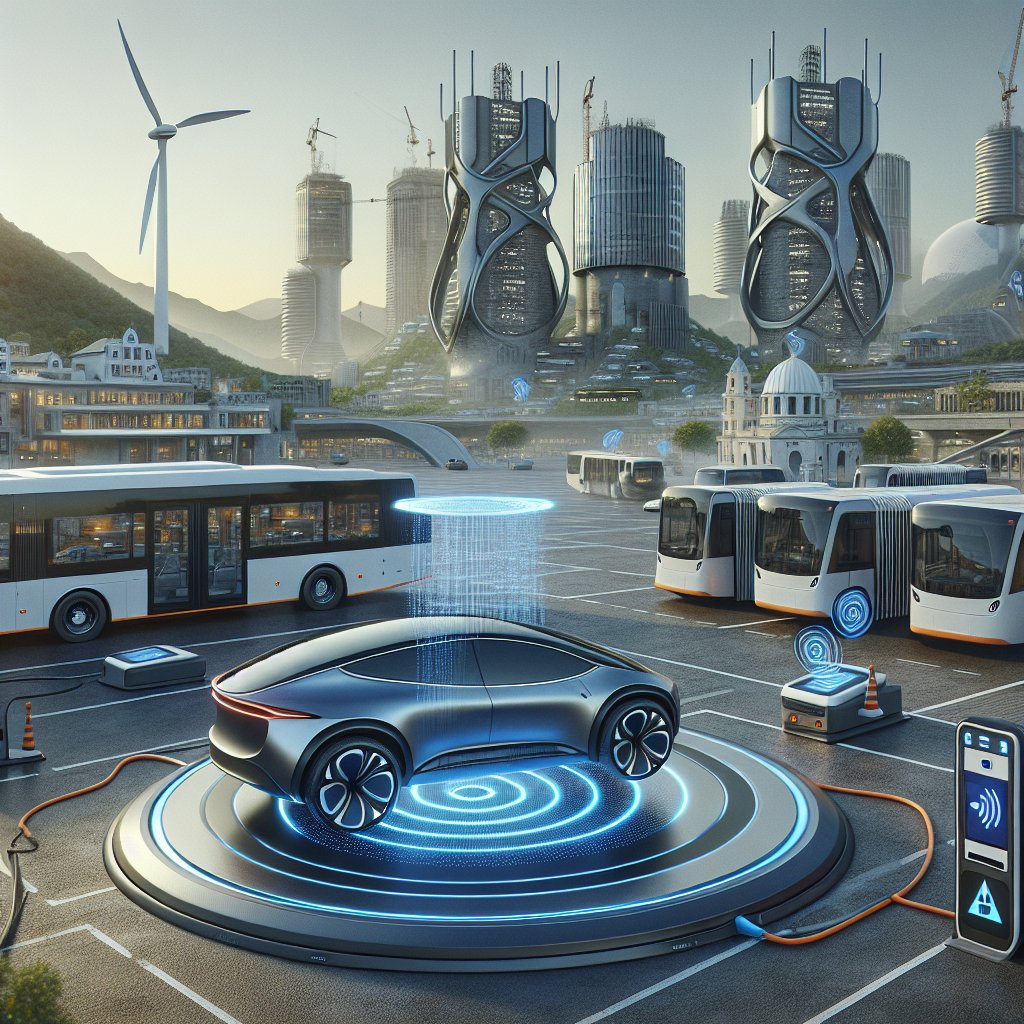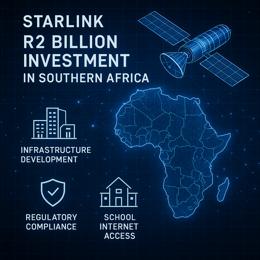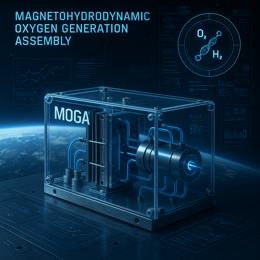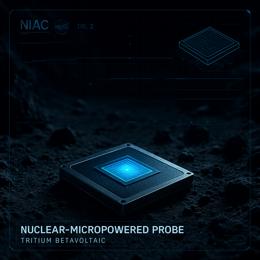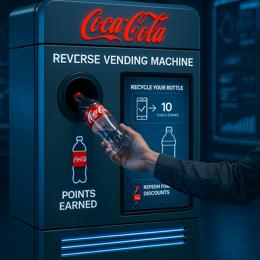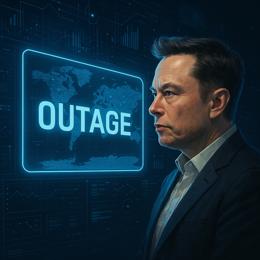Image created by AI
The Future is Wireless: The Evolving Landscape of EV Charging Technology
The electric vehicle (EV) industry is on the cusp of a major transformation, with wireless charging technology promising to redefine how we power our eco-friendly rides. This pioneering approach seeks to dispense with the traditional plug-in method, providing convenience and fostering increased adoption of electric vehicles.
The concept of wireless or inductive EV charging is simple yet revolutionary. By parking an EV over a specialised pad, power is transmitted through magnetic resonance, charging the vehicle without a physical connection. Think of it as an upscaled version of wireless phone charging—but tailored for the mighty power needs of electric cars.
Despite its promise, the transition to wireless is not without challenges. Slow charging speeds, compared to DC fast chargers, and the hefty cost of infrastructure development remain significant barriers. The need for uniformity in technology has companies and regulatory bodies like SAE International coming together to enact standards that could lead to broader acceptance.
This hasn’t deterred the automotive giants, including Tesla, whose exploration into the tech signals a vote of confidence. Tech innovators like WiTricity and HEVO push ahead with pilot projects and partnerships aimed at refining this tech, making it more accessible and reliable.
In some regions like Los Angeles County and Indianapolis, wireless charging has moved past exploratory stages, with electric buses already benefiting from inductive technology. These areas offer real-world demonstrations of wireless charging seamlessly integrated into the public transit systems.
The expectation is that wireless EV charging will not only de-clutter the charging process but also complement future automotive innovations such as autonomous vehicles. The development of charging pads that align with self-driving cars and the prospect of dynamic inductive charging - charging on the move, are on the horizon.
However, widespread adoption will take time and resources. It requires a concerted effort from automakers, governments, and industry regulators to create an ecosystem where wireless charging is as ubiquitous as its cable-laden counterpart. With substantial investments and commitments from various stakeholders, the potential for a wireless EV future is closer than ever.
For South Africans keen on sustainable technology, such advancements could galvanize local EV market prospects, where infrastructure and technology readiness are pivotal in driving consumer demand.
